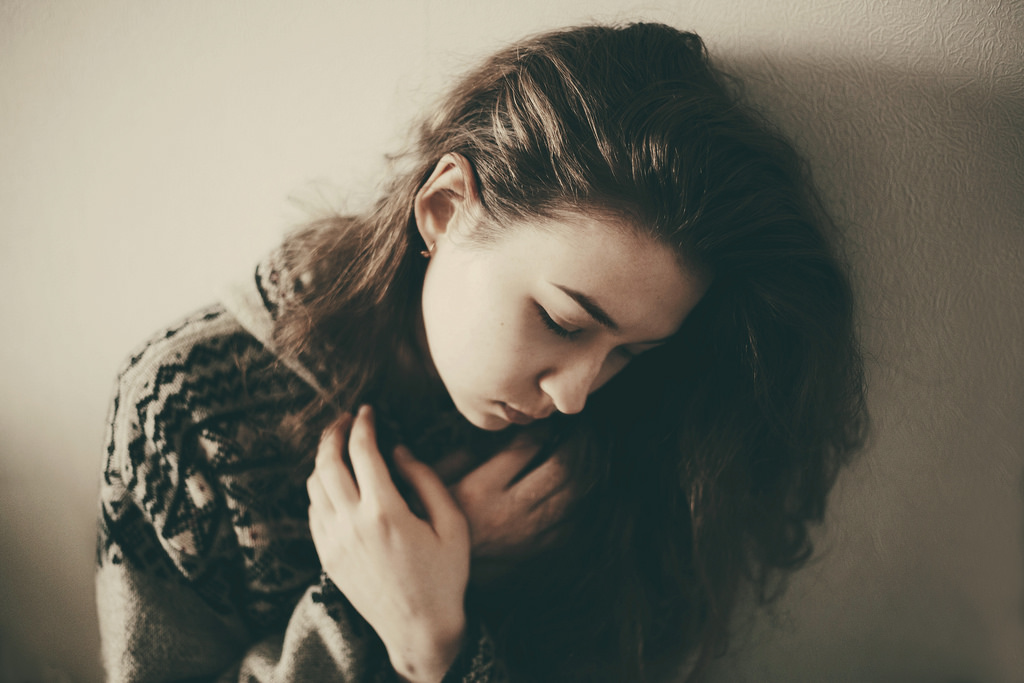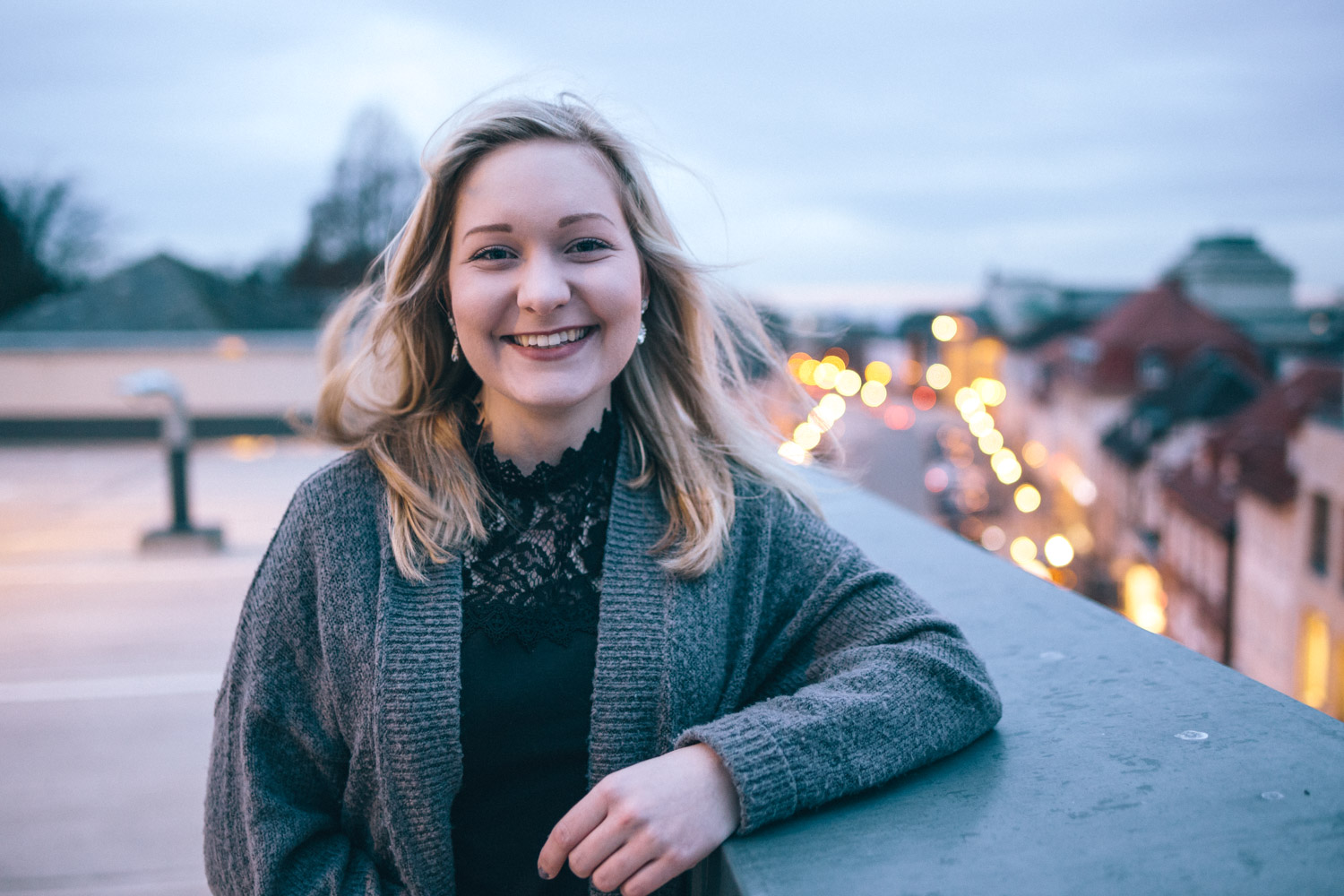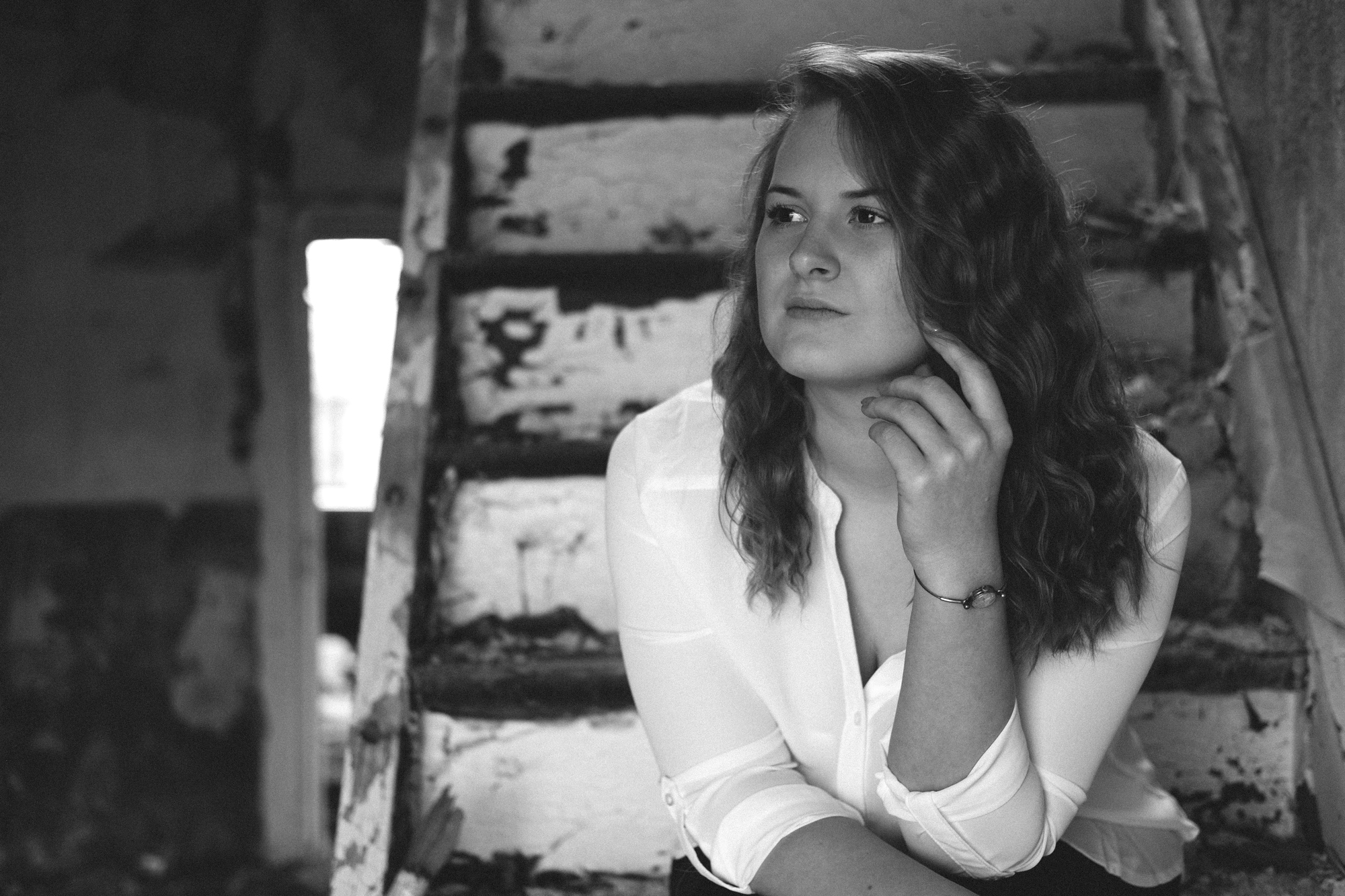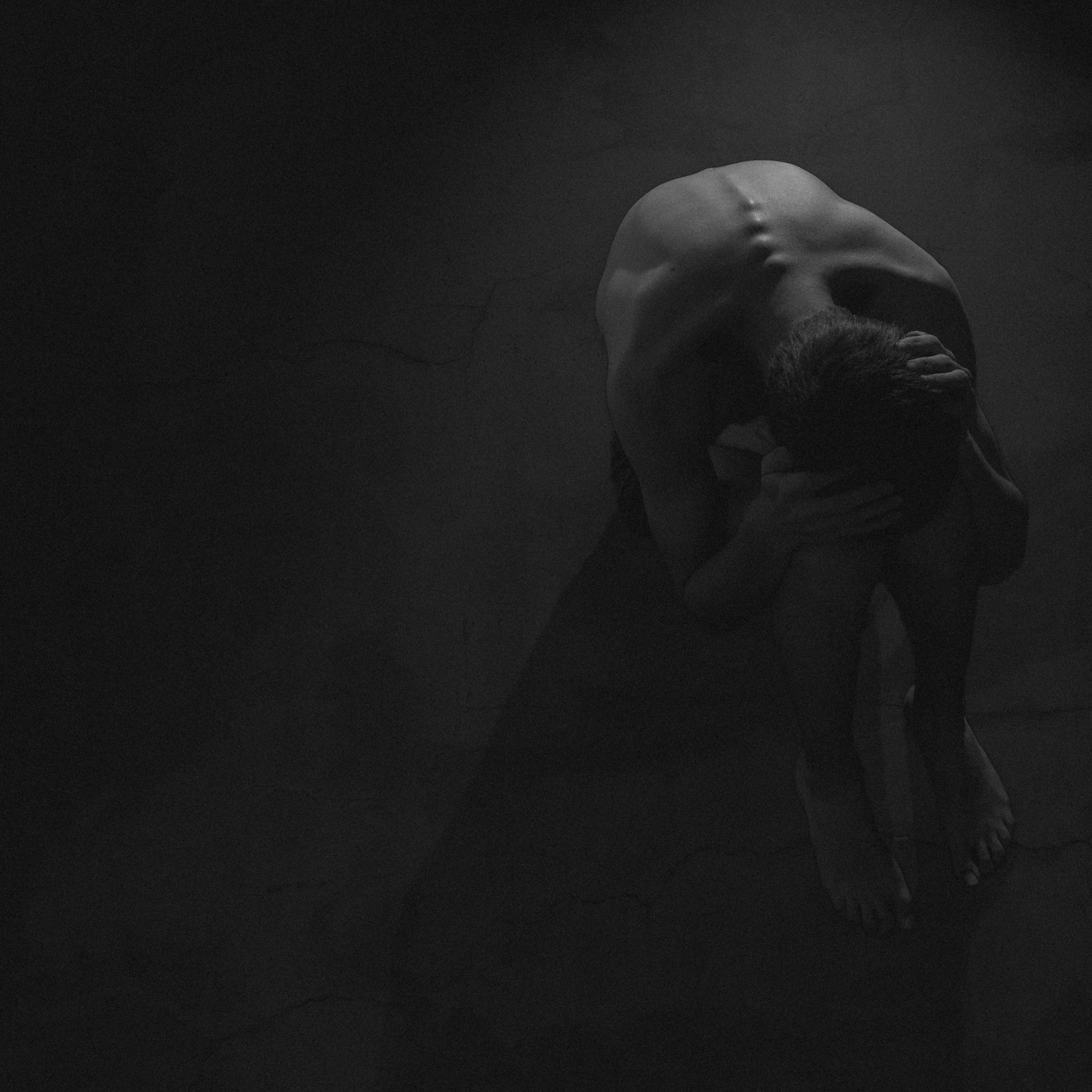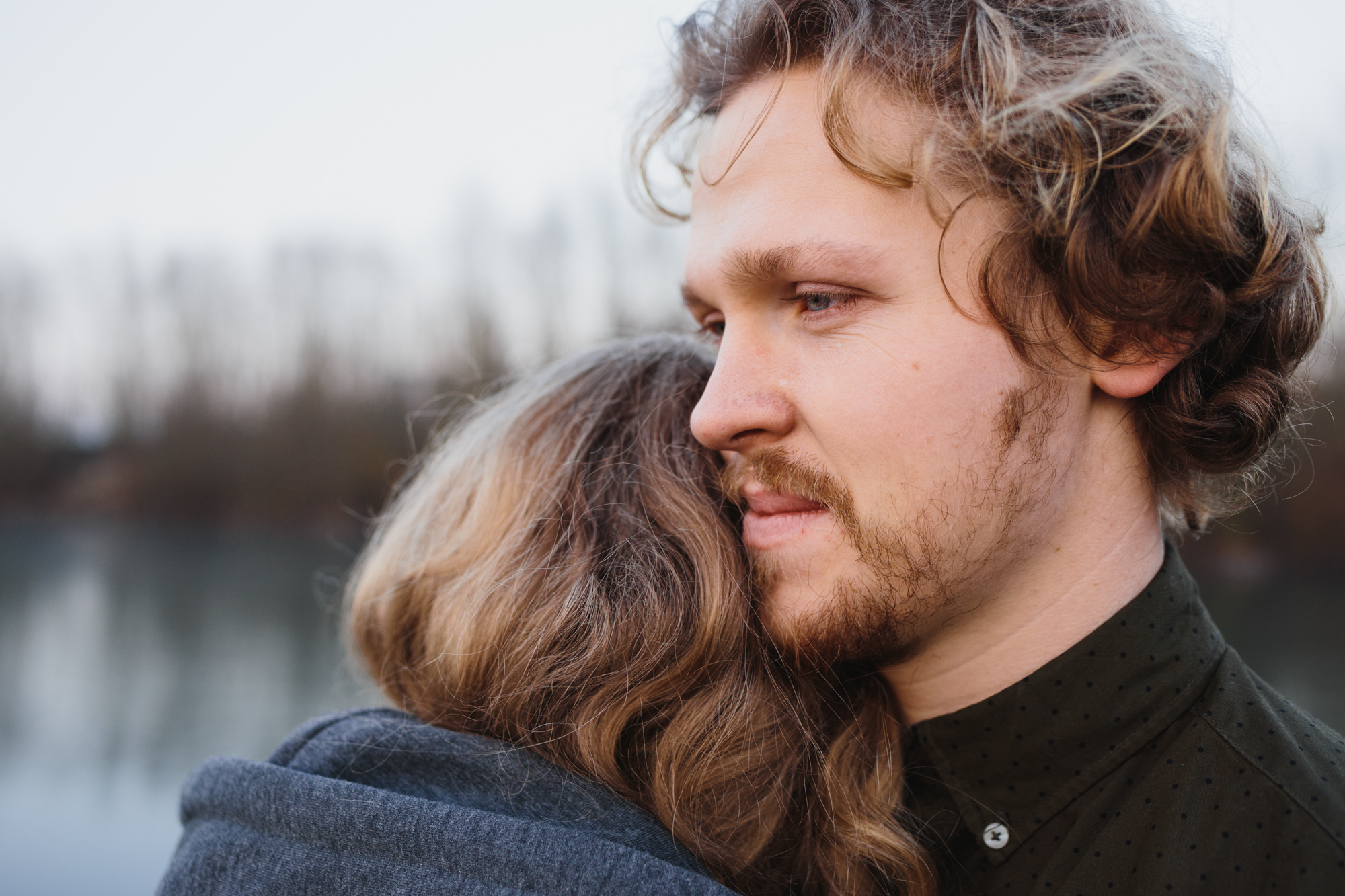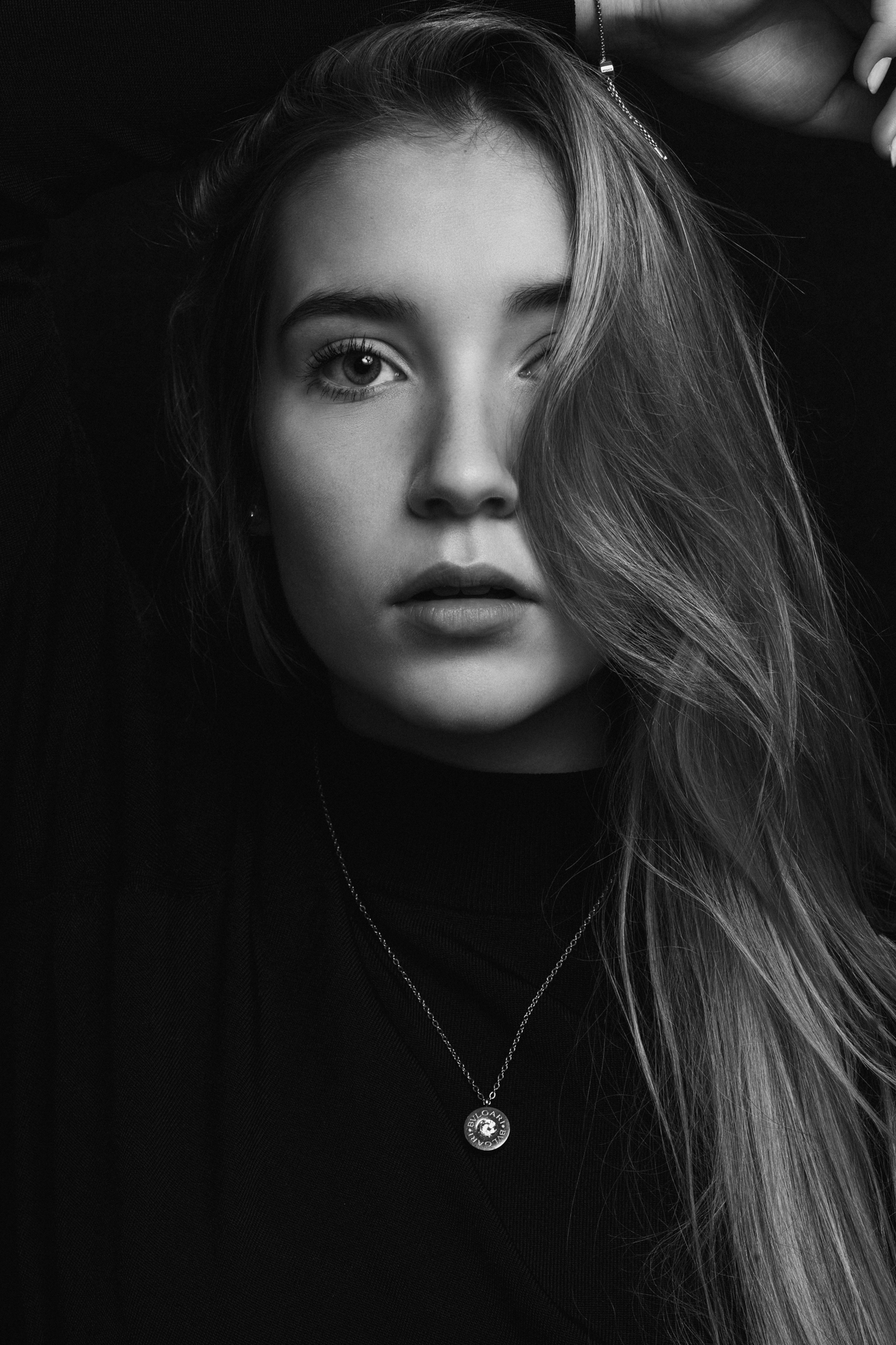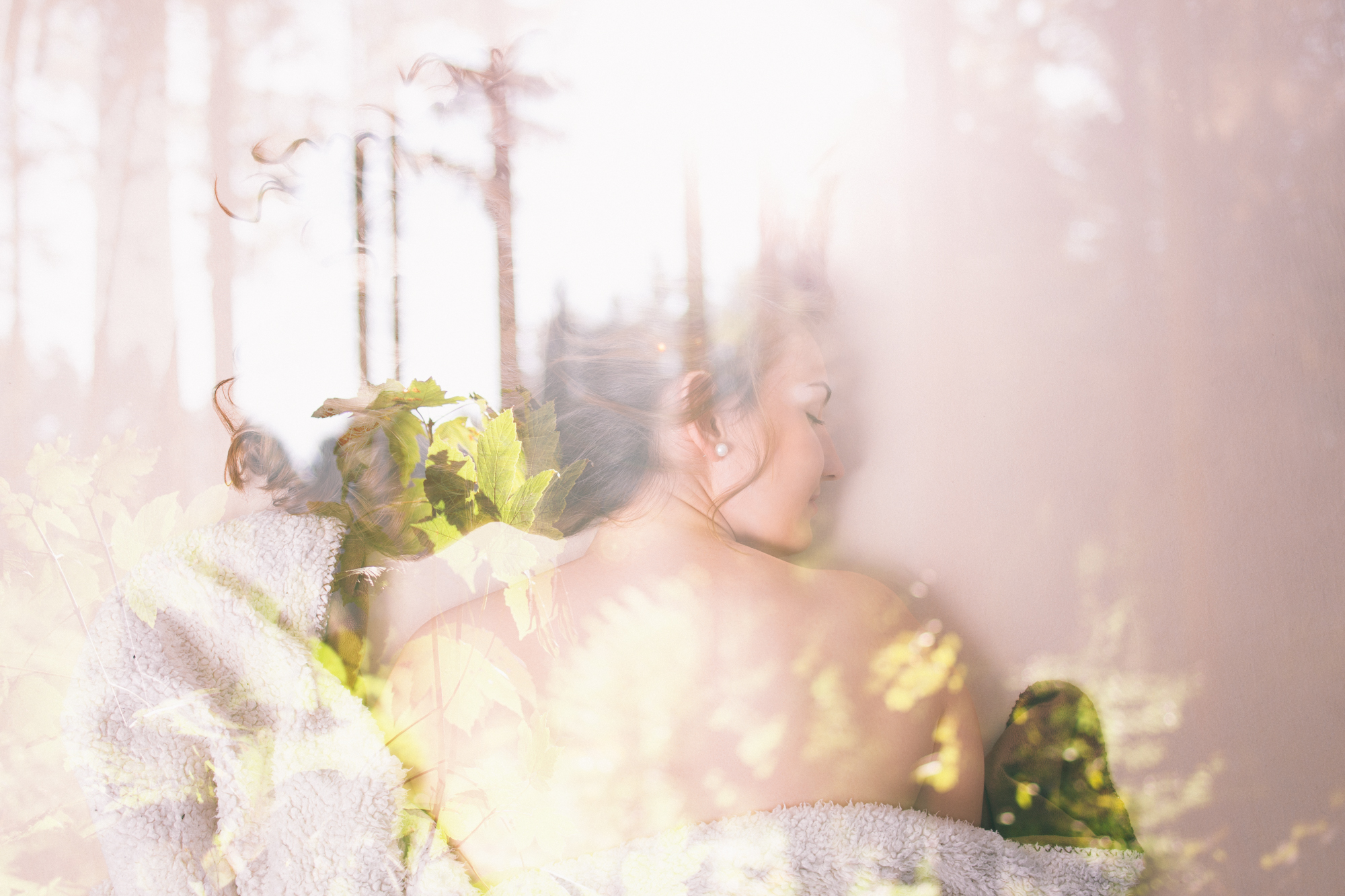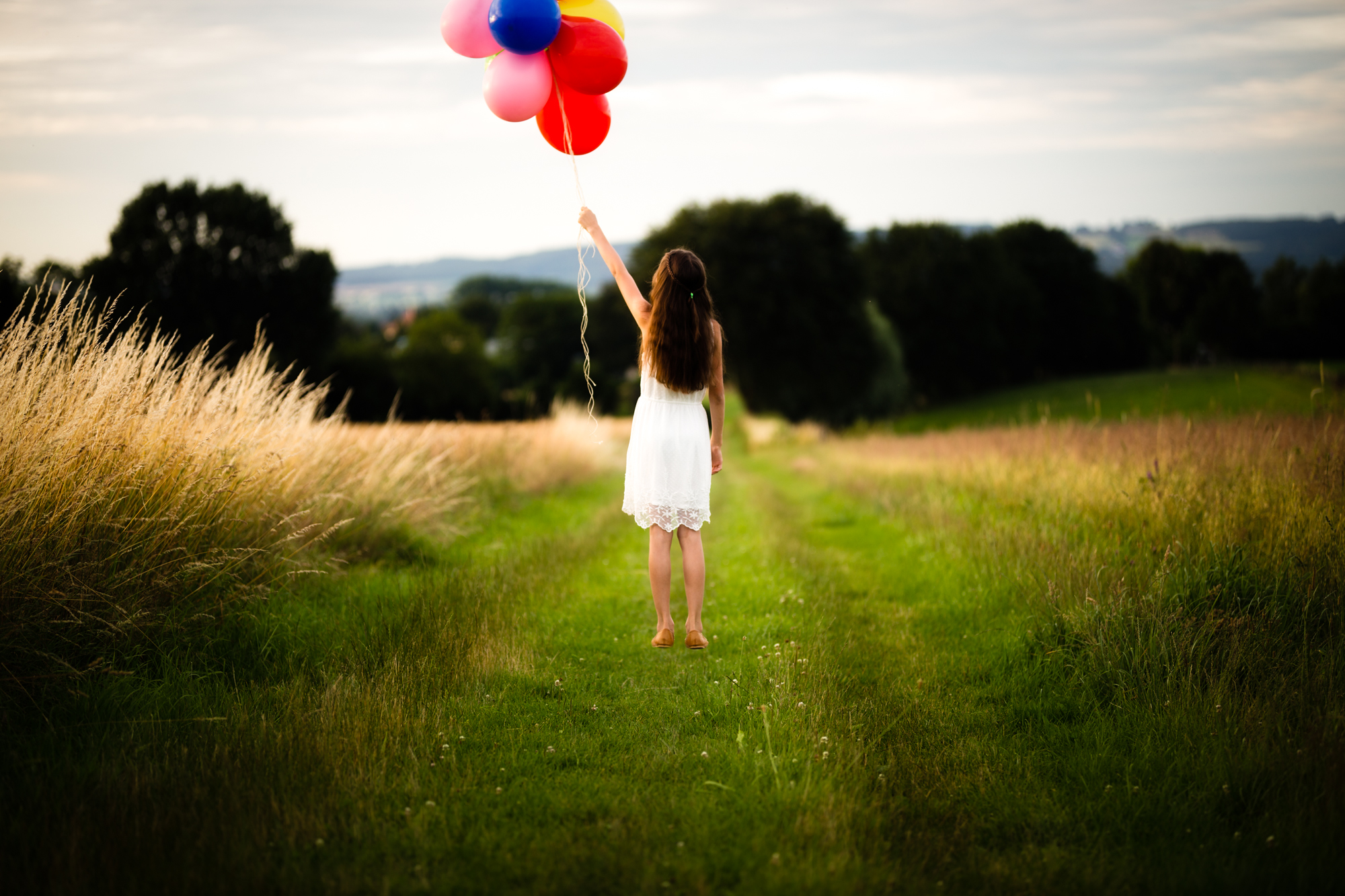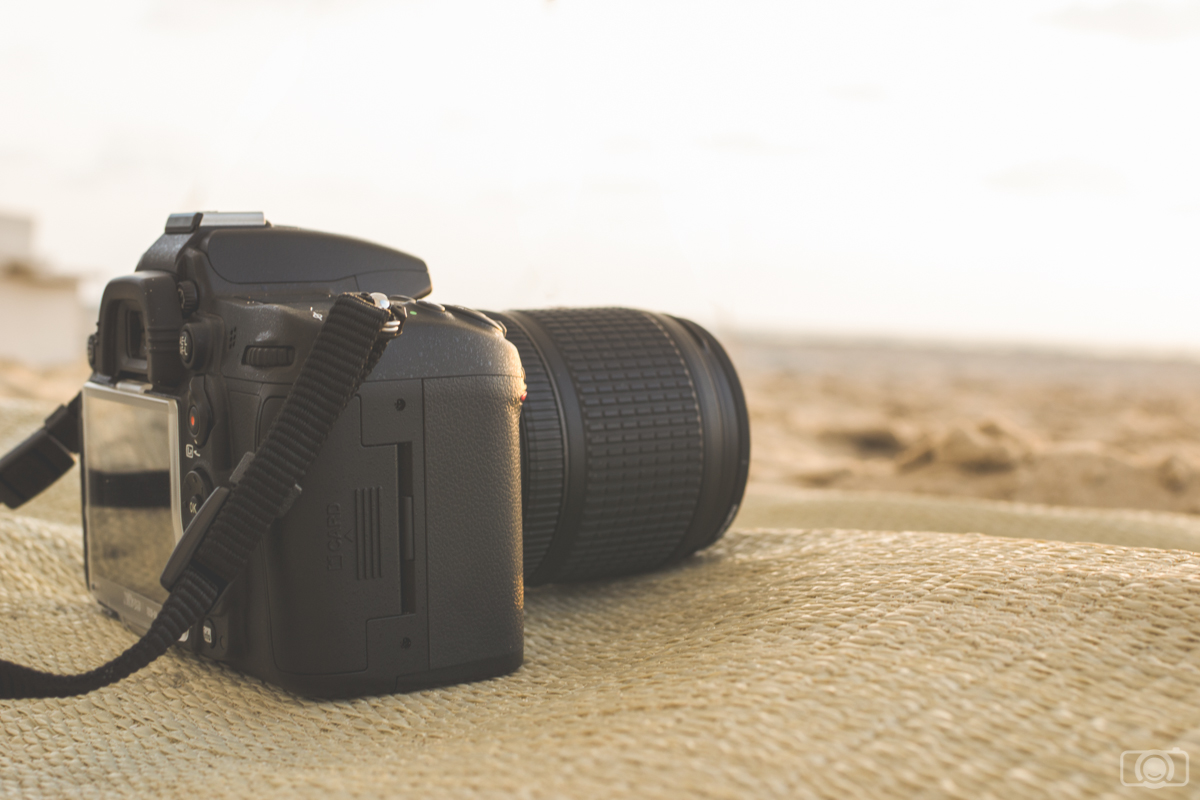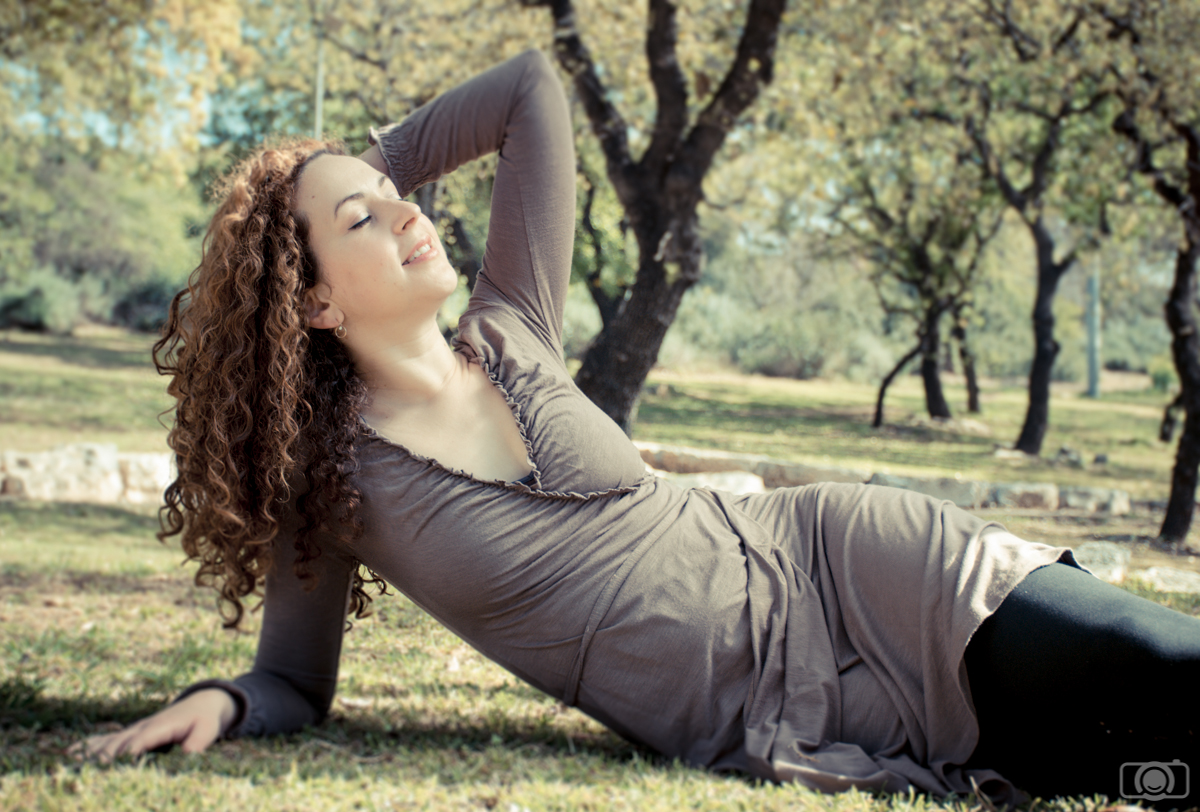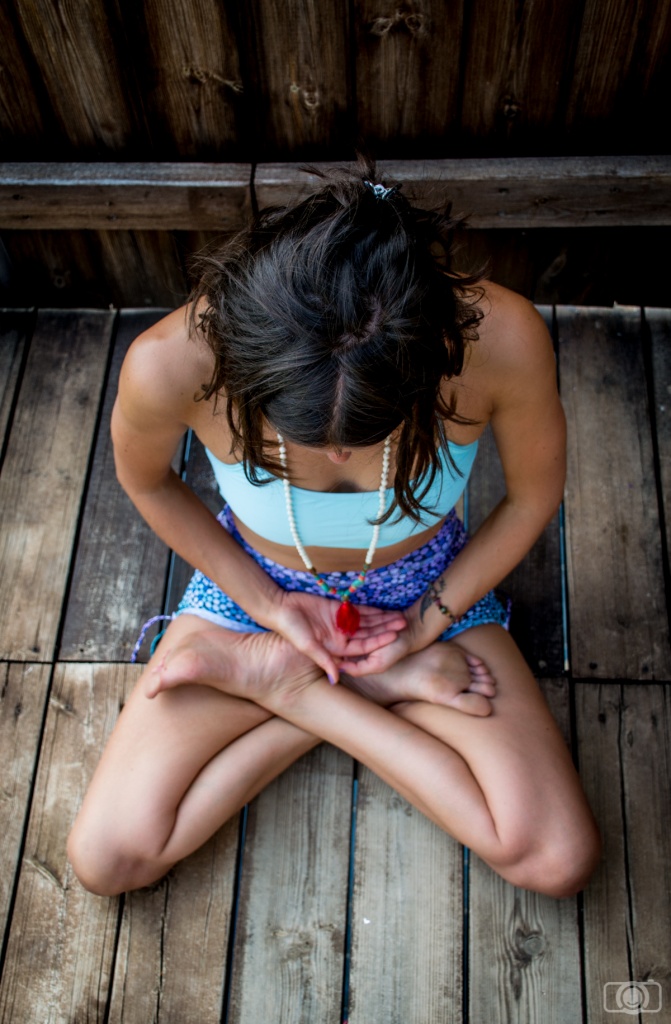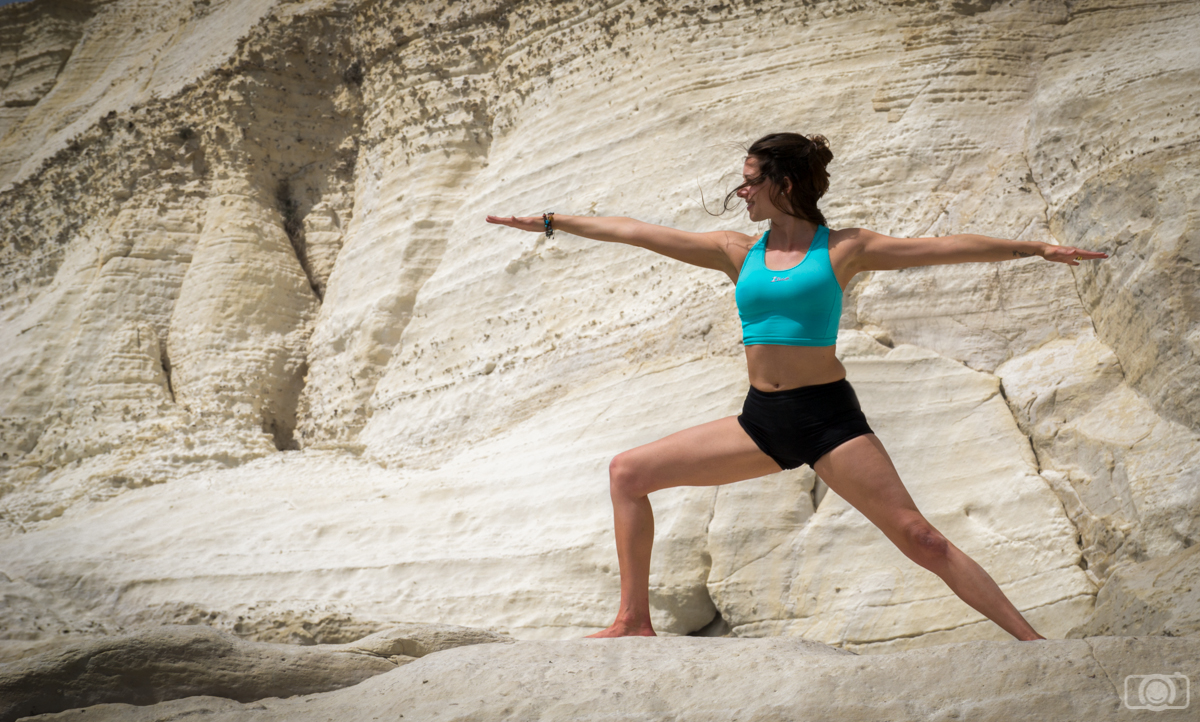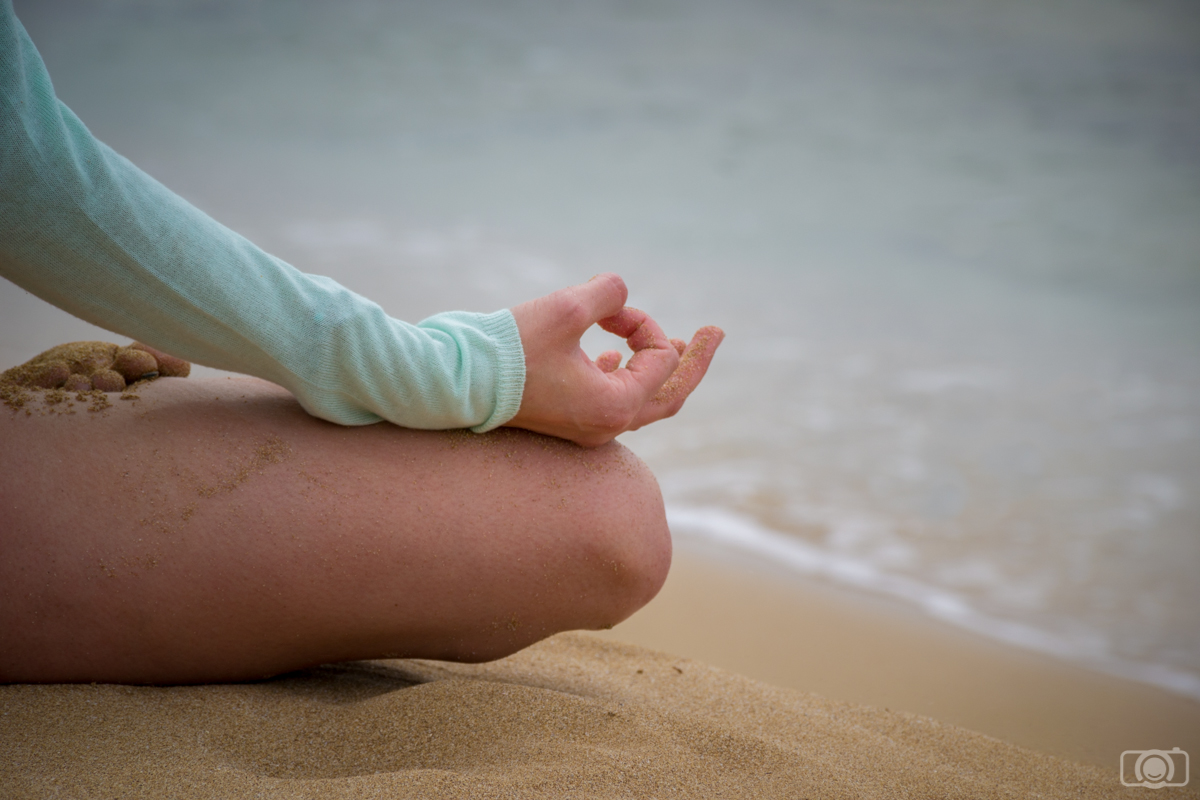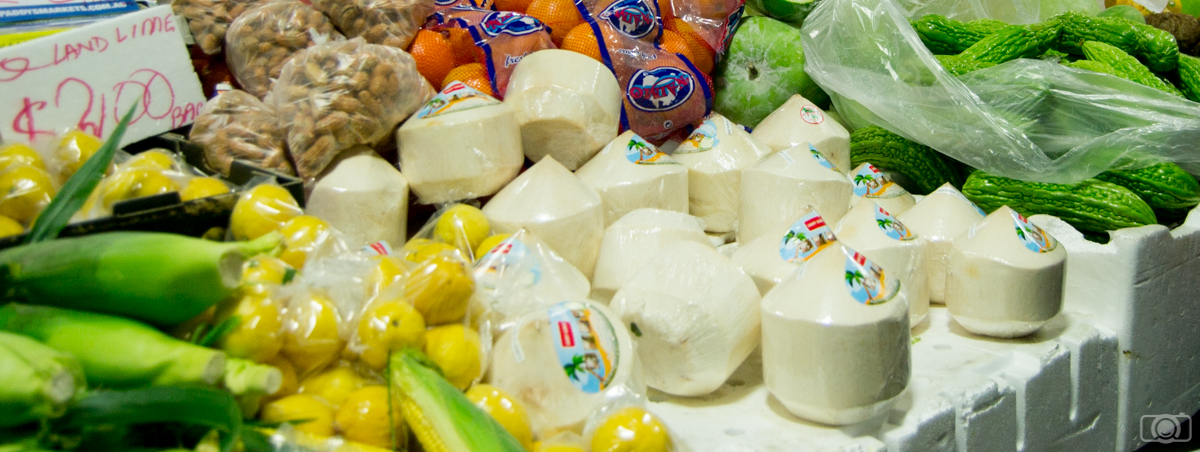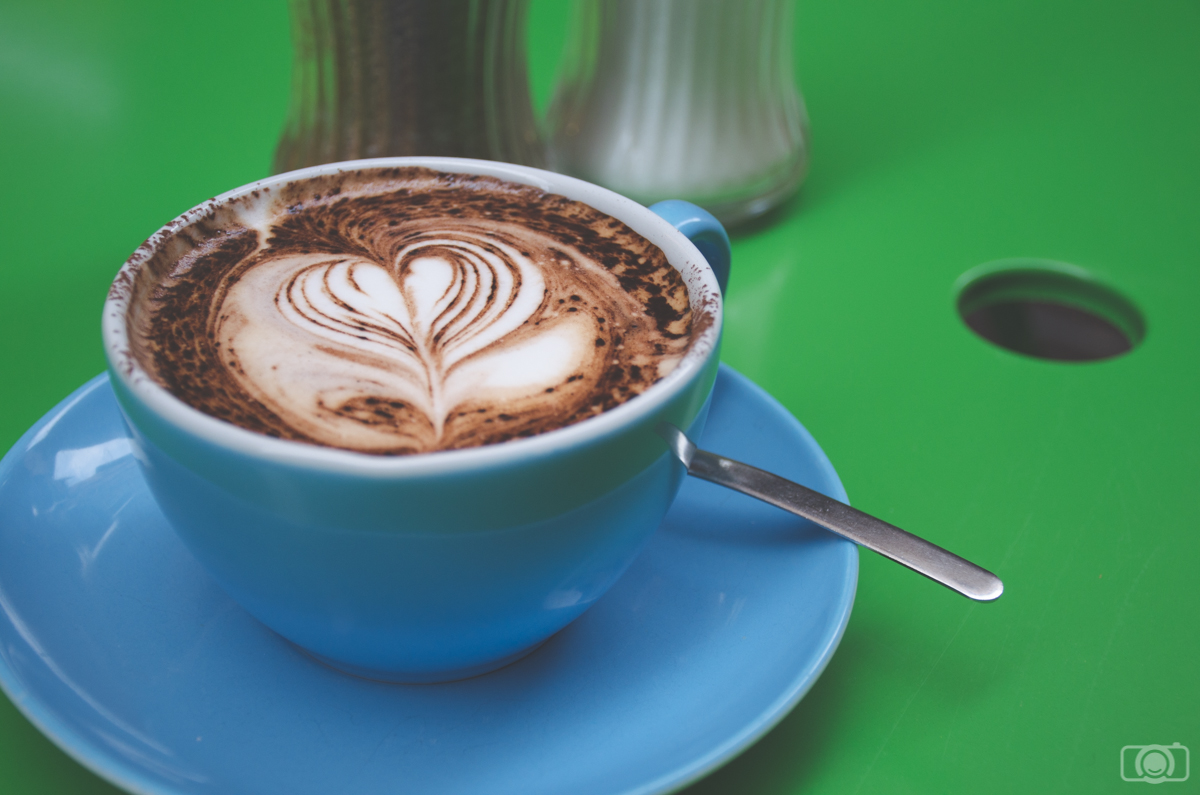Many people experience intense anxiety at one point or another. The feeling is often paralyzing, forcing a person to believe that they don’t belong anywhere. Though it’s a very private experience, anxiety is also a universal feeling which many of us can relate to and understand. In the photography world, anxious thoughts are powerful enough to affect even the most confident minds. Fortunately, embracing photography can obliterate uneasiness and push us to be more courageous when facing both personal and creative challenges.
Anxiety comes in all shapes and sizes, from a tiny pang of fear to a heavy storm of relentless doubts. If you’re not comfortable whilst socializing, you might fear the idea of photographing strangers or working with new models. If self-portraiture is something you wish to experiment with, you might be afraid of getting unflattering results. Natural as such insecurities may be, they can be removed with the help of a camera. All you need is persistence and a tiny drop of courage.
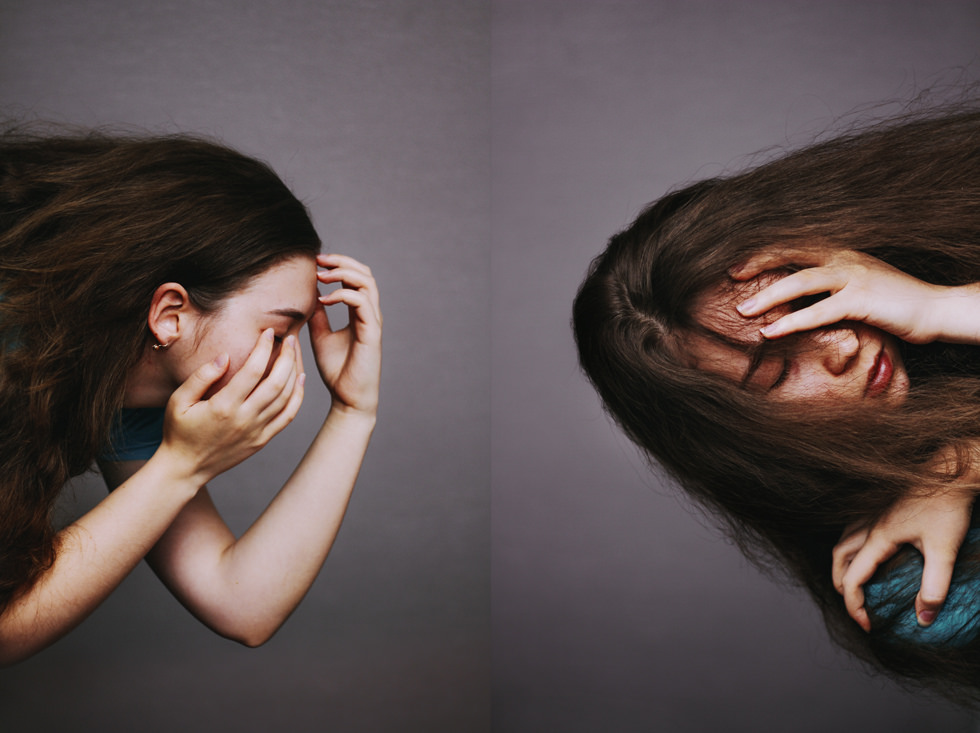
If you’re a beginner, especially one who’s interested in portraiture, then taking self-portraits first will greatly benefit you. When I first began taking photographs, I was both anxious and shy. The very thought of asking people to model for me made me queasy. Because I wasn’t confident in my own creative skills, I didn’t believe anybody else would be. This resulted in many solitary hours with the camera, which taught me much about photography’s technical aspects and my own posing abilities. Having to be in front of (and behind) the camera opened my mind; this, in turn, helped me understand the models I would be working with later on. Being able to relate to the modeling side of photography helped my future subjects feel relaxed in my presence. Knowing that I myself had been afraid of the camera made them trust me. If the photographer could face her self-doubt, why couldn’t they?
Self-portraiture let me confront my own fears and express negative emotions creatively. This was both cathartic and artistically productive. Since emotional images are often associated with tears and fury, we aim to avoid them. However, vulnerability doesn’t revolve around fragility only; it’s a combination of sensitivity, openness, and self-awareness. Understanding your emotions will not only help you create touching photographs, but it will also enhance your empathy, allowing you to be comfortable with any kinds of emotions. Viewing deep feelings through your lens will provide you with an objective perspective, one that will enable you to understand yourself and your needs better. Once you get to know yourself, your anxiety will lose its intensity and self-portraiture – or any other form of art – will become a place of creativity and growth.
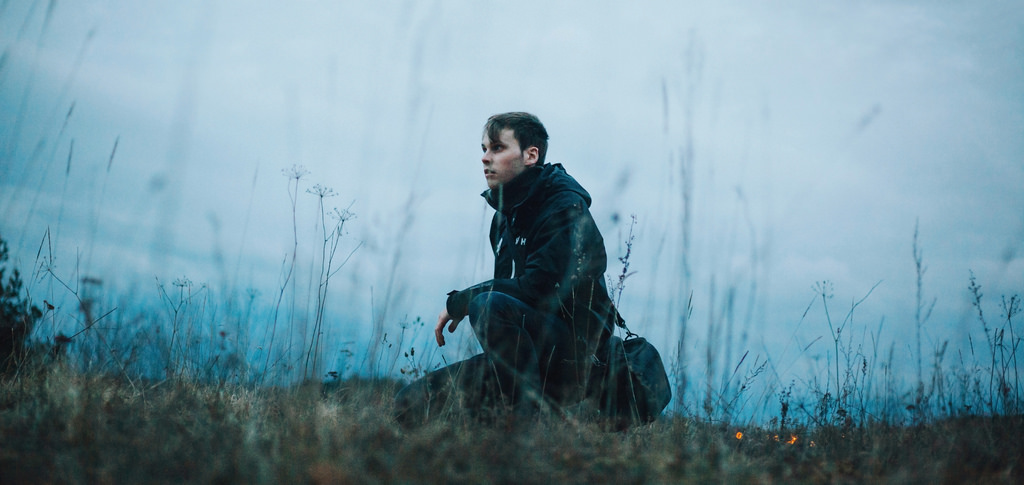
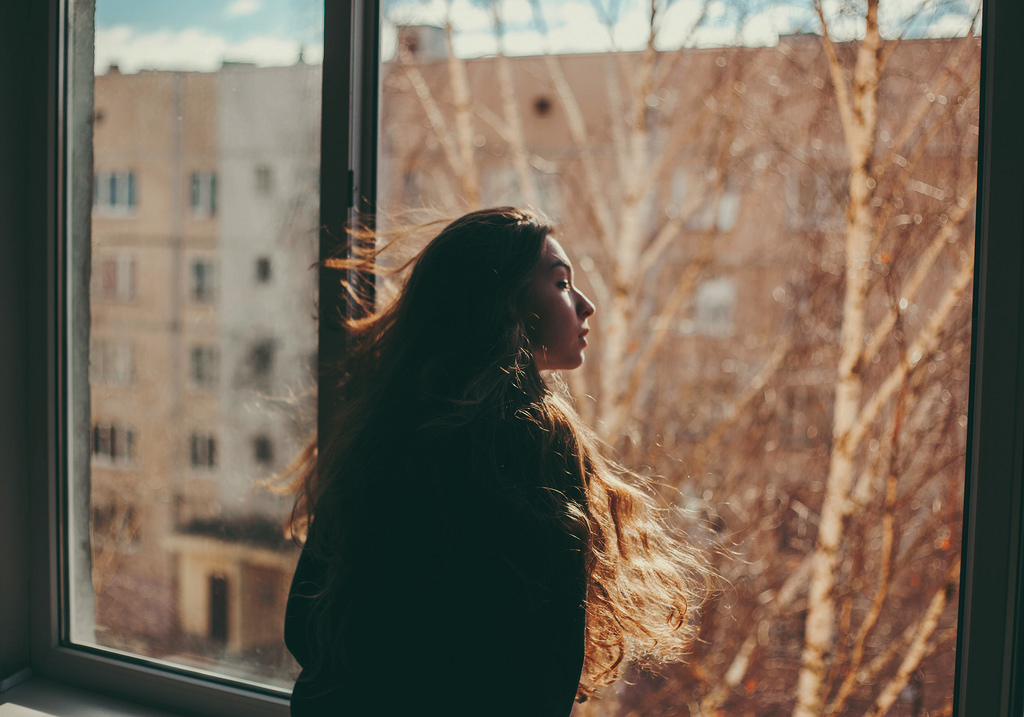
If you’re not interested in portraiture but still feel anxious when taking pictures, find a comfortable location and photograph anything that appeals to you. Not having to worry about being disturbed by strangers will relax your mind and enhance your creativity. Go out on days when everybody else is busy or find a spot in your area that is rarely visited by people. These places will become comforting homes outside of home. In them, you’ll find the necessary time and space to familiarize yourself with your camera and various lighting conditions. Once you begin to “feel” your camera, you’ll feel brave enough to explore more, photograph more, and challenge yourself more bravely.
If you think photography causes anxiety, then think again. Photography can be a place of comfort for the frightened and a refuge for the weak. In the world of photos, sensitivity is happily embraced and nurtured. Furthermore, the same sensitivity is turned into amazing works of art which challenge and motivate others to improve. Practicing in any way will:
- make you comfortable with your camera
- give you space to understand yourself as an artist
- enable you to empathize with future clients and models
- help you embrace your own emotions
Most importantly, all of these things will allow you to beat anxiety, one photo at a time.
Good luck!
